Home>Home Appliances>Laundry Appliances>Samsung Washing Machine: How To Drain Water
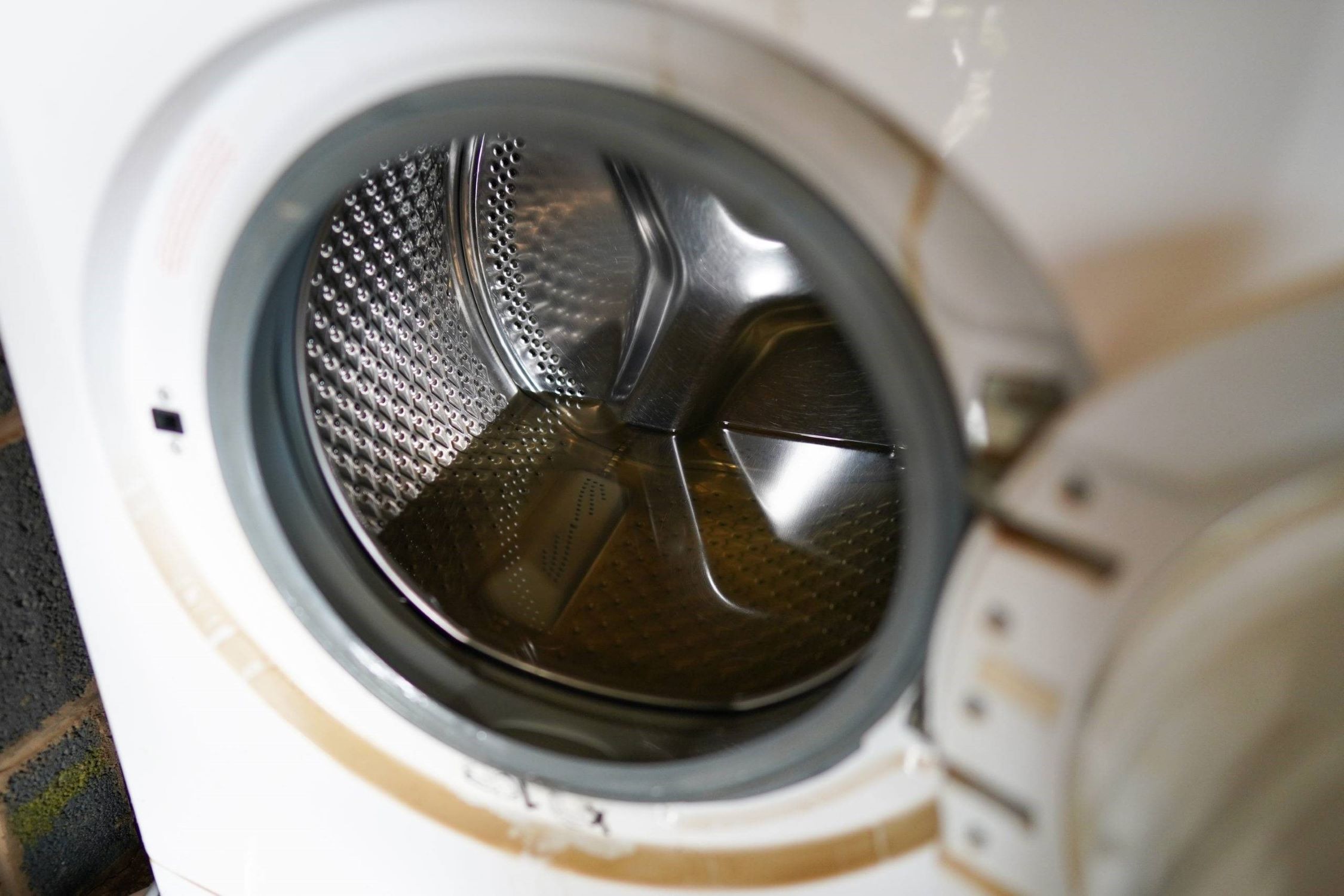

Laundry Appliances
Samsung Washing Machine: How To Drain Water
Modified: October 27, 2024
Learn how to drain water from your Samsung washing machine with our expert tips. Keep your laundry appliances running smoothly with our step-by-step guide.
(Many of the links in this article redirect to a specific reviewed product. Your purchase of these products through affiliate links helps to generate commission for Storables.com, at no extra cost. Learn more)
Introduction
When it comes to the convenience and efficiency of modern laundry appliances, Samsung washing machines stand out as reliable and innovative solutions for households. However, even the most advanced washing machines may encounter drainage issues, leading to water retention and potential operational disruptions. Understanding how to effectively drain water from a Samsung washing machine is essential for maintaining its optimal performance and prolonging its lifespan.
In this comprehensive guide, we will delve into the intricacies of the drainage system in Samsung washing machines, providing step-by-step instructions for manual drainage and utilizing the emergency drain hose. Additionally, we will address common drainage issues and offer troubleshooting tips to help you resolve potential concerns.
By familiarizing yourself with the drainage process and troubleshooting techniques, you can ensure that your Samsung washing machine continues to deliver exceptional results, keeping your laundry routine seamless and stress-free. Let's embark on this journey to gain valuable insights into managing the drainage system of your Samsung washing machine effectively.
Key Takeaways:
- Mastering the art of draining water from a Samsung washing machine is crucial for keeping it running smoothly and preventing operational issues. Understanding the drainage system and troubleshooting common issues ensures a stress-free laundry experience.
- By learning how to manually drain water and use the emergency drain hose, users can confidently address water retention issues and maintain the optimal functionality of their Samsung washing machines. Proactive troubleshooting and regular maintenance are key to a seamless laundry routine.
Read more: How To Drain A Samsung Washer
Understanding the Drainage System
The drainage system in a Samsung washing machine plays a pivotal role in expelling water from the appliance after each cycle. This system comprises several key components that work in unison to ensure efficient water removal, preventing any residual water from stagnating within the machine. Understanding the intricacies of this system is crucial for effectively managing the drainage process.
Drain Pump
At the core of the drainage system lies the drain pump, which is responsible for expelling water from the washing machine. This component is equipped with a motor that drives an impeller, creating the necessary suction to remove water from the drum. The drain pump is strategically positioned to facilitate the smooth flow of water out of the machine, preventing any accumulation that could lead to operational issues.
Drain Hose
The drain hose serves as the conduit through which the expelled water is channeled out of the washing machine. It is designed to withstand the force of the water being pumped out and is typically made of durable, flexible materials to ensure longevity and efficient drainage. The positioning and integrity of the drain hose are critical factors in maintaining the seamless operation of the drainage system.
Drain Filter
To prevent debris and foreign objects from obstructing the drainage process, Samsung washing machines are equipped with a drain filter. This component acts as a barrier, capturing lint, coins, and other items that may inadvertently find their way into the machine. Regular maintenance of the drain filter is essential to uphold the efficiency of the drainage system and prevent potential blockages.
Read more: How To Drain Washer
Water Level Sensor
The water level sensor, a sophisticated component integrated into Samsung washing machines, plays a crucial role in regulating the drainage process. This sensor accurately detects the water level within the drum, signaling the drain pump to initiate the expulsion of water once the appropriate level is reached. By ensuring precise water removal, the water level sensor contributes to the overall effectiveness of the drainage system.
Understanding the interplay of these components within the drainage system provides valuable insights into the operational dynamics of a Samsung washing machine. By comprehending the functions and significance of each element, users can gain a deeper appreciation for the meticulous engineering that underpins the seamless water drainage process in these advanced appliances.
Manual Drainage Process
In certain situations, such as power outages or malfunctioning components, manual drainage of a Samsung washing machine may be necessary to remove water from the drum. This process allows users to efficiently address water retention issues and maintain the optimal functioning of the appliance. Here's a step-by-step guide to executing the manual drainage process:
-
Prepare the Washing Machine: Before initiating the manual drainage process, ensure that the washing machine is unplugged from the power source to prevent any electrical hazards. Additionally, have a container or towel ready to collect any expelled water.
-
Locate the Drain Filter: The drain filter is typically positioned at the bottom front of the washing machine. Remove the cover to access the filter, keeping in mind that residual water may be released upon opening.
-
Release the Water: Place the container or towel beneath the filter area to capture the water. Slowly rotate the filter counterclockwise to loosen it, allowing any trapped water to drain out. Exercise caution to prevent spillage and ensure that the container effectively collects the water.
-
Clean the Drain Filter: Once the water has been drained, carefully remove the filter and inspect it for any debris or obstructions. Thoroughly clean the filter to eliminate any accumulated lint, dirt, or foreign objects that may impede the drainage process.
-
Reinstall the Drain Filter: After cleaning the filter, securely reposition it by rotating it clockwise until it is snugly in place. Ensure that the filter cover is properly closed to prevent any leaks or water seepage.
-
Verify the Drainage: Once the filter is reinstalled, double-check the area for any residual water and confirm that the drainage system is free from obstructions. This verification step ensures that the manual drainage process has been executed effectively.
By following these steps, users can successfully perform the manual drainage process on a Samsung washing machine, addressing water retention issues and maintaining the appliance's optimal functionality. This proactive approach to managing the drainage system empowers users to swiftly resolve potential concerns and uphold the efficiency of their washing machines.
Using the Emergency Drain Hose
In situations where the standard drainage process is impeded or inaccessible, the emergency drain hose serves as a vital alternative for expelling water from a Samsung washing machine. This specialized feature provides users with a practical solution to address drainage issues promptly, ensuring the efficient removal of water from the appliance. Understanding how to utilize the emergency drain hose empowers users to navigate unexpected scenarios and maintain the seamless operation of their washing machines.
Locating the Emergency Drain Hose
The emergency drain hose is typically located at the bottom of the washing machine, concealed within a compartment for accessibility during urgent drainage situations. Its distinctive design and positioning enable users to swiftly access the hose when traditional drainage methods are unavailable or ineffective.
Read more: How To Unclog Washer Drain
Initiating the Drainage Process
To utilize the emergency drain hose, users must first locate the access point or compartment housing the hose. Once the compartment is opened, carefully extract the emergency drain hose, ensuring that it is free from any obstructions or kinks that may impede the water expulsion process.
Directing the Water Flow
After extracting the emergency drain hose, position it in a suitable drainage outlet, such as a floor drain or a large container capable of accommodating the expelled water. By directing the water flow effectively, users can prevent potential spillage and ensure that the drainage process proceeds smoothly.
Activating the Drainage
With the emergency drain hose securely positioned, initiate the drainage process by carefully removing the hose plug or cap. This action allows the trapped water within the washing machine to flow through the emergency drain hose, facilitating its expulsion from the appliance.
Monitoring the Drainage
As the water flows through the emergency drain hose, monitor the process closely to ensure that the expelled water is effectively channeled out of the washing machine. This vigilance helps prevent any potential leaks or disruptions, allowing for a controlled and efficient drainage process.
By familiarizing themselves with the utilization of the emergency drain hose, users can effectively address drainage issues and maintain the optimal functioning of their Samsung washing machines. This proactive approach equips users with a valuable contingency plan, ensuring that they can navigate unexpected drainage challenges with confidence and efficiency.
Read more: How To Drain A Maytag Washer
Troubleshooting Common Drainage Issues
Effective management of common drainage issues is essential for ensuring the seamless operation of a Samsung washing machine. By identifying and addressing these issues promptly, users can prevent potential disruptions and maintain the optimal functionality of their appliances. Here are some common drainage issues and troubleshooting tips to mitigate them:
1. Slow or Incomplete Drainage
- Potential Cause: A clogged drain filter or obstructed drain hose may impede the smooth flow of water, leading to slow or incomplete drainage.
- Troubleshooting: Inspect the drain filter for any accumulated debris and clean it thoroughly to remove obstructions. Additionally, ensure that the drain hose is free from kinks or blockages, allowing water to flow unimpeded.
2. Water Leakage During Drainage
- Potential Cause: Improper positioning or damage to the drain hose may result in water leakage during the drainage process.
- Troubleshooting: Verify the integrity of the drain hose and ensure that it is securely connected to the washing machine and the drainage outlet. If the hose is damaged, consider replacing it to prevent further leakage issues.
3. Unusual Noises During Drainage
- Potential Cause: Foreign objects or debris trapped in the drain pump or drain filter can cause unusual noises during the drainage process.
- Troubleshooting: Carefully inspect the drain pump and filter for any foreign objects or debris. Remove any obstructions to restore the smooth and quiet operation of the drainage system.
Read more: How To Drain A Kenmore Washer
4. Persistent Water Retention
- Potential Cause: A malfunctioning water level sensor or drain pump may contribute to persistent water retention in the washing machine.
- Troubleshooting: Check the functionality of the water level sensor and drain pump to ensure they are operating correctly. If necessary, seek professional assistance to diagnose and address any underlying issues with these components.
5. Foul Odors from the Drainage System
- Potential Cause: Residual detergent or debris trapped in the drain filter or hose can lead to foul odors emanating from the drainage system.
- Troubleshooting: Clean the drain filter and hose thoroughly to remove any accumulated residue or debris. Consider running a cleaning cycle with specialized washing machine cleaner to eliminate odors and maintain a fresh-smelling drainage system.
By proactively troubleshooting these common drainage issues, users can uphold the efficiency and reliability of their Samsung washing machines. Regular maintenance and attentive monitoring of the drainage system are integral to preventing and addressing potential concerns, ensuring a seamless laundry experience.
Conclusion
In conclusion, mastering the art of draining water from a Samsung washing machine is a fundamental aspect of ensuring its longevity and optimal performance. By gaining a comprehensive understanding of the drainage system, including the pivotal roles of the drain pump, drain hose, drain filter, and water level sensor, users can appreciate the intricate engineering that underpins the seamless water expulsion process in these advanced appliances.
The ability to execute the manual drainage process empowers users to address water retention issues promptly, safeguarding the washing machine from potential operational disruptions. By following the step-by-step guide for manual drainage, users can efficiently manage unexpected scenarios, such as power outages or component malfunctions, ensuring that the appliance continues to function at its best.
Furthermore, the utilization of the emergency drain hose serves as a valuable contingency plan, providing an alternative method for expelling water when traditional drainage avenues are inaccessible. Understanding how to locate, extract, and deploy the emergency drain hose equips users with a practical solution for addressing drainage challenges with confidence and efficiency.
Moreover, by proactively troubleshooting common drainage issues, such as slow or incomplete drainage, water leakage, unusual noises, persistent water retention, and foul odors, users can maintain the seamless operation of their Samsung washing machines. This proactive approach to identifying and mitigating potential concerns ensures that the appliance continues to deliver exceptional results, enhancing the overall laundry experience.
In essence, the effective management of the drainage system in a Samsung washing machine is a testament to the commitment to appliance care and maintenance. By integrating the insights and techniques shared in this guide into their laundry routine, users can uphold the efficiency, reliability, and longevity of their washing machines, ensuring that each laundry cycle is met with seamless performance and optimal results.
Frequently Asked Questions about Samsung Washing Machine: How To Drain Water
Was this page helpful?
At Storables.com, we guarantee accurate and reliable information. Our content, validated by Expert Board Contributors, is crafted following stringent Editorial Policies. We're committed to providing you with well-researched, expert-backed insights for all your informational needs.
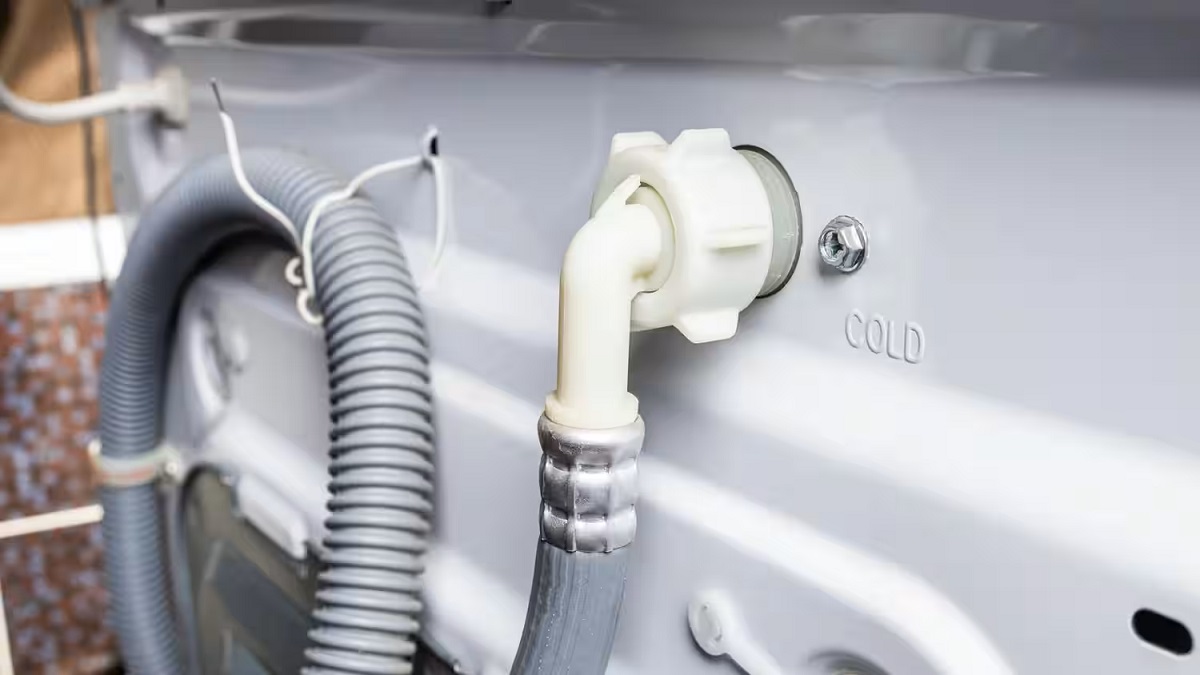
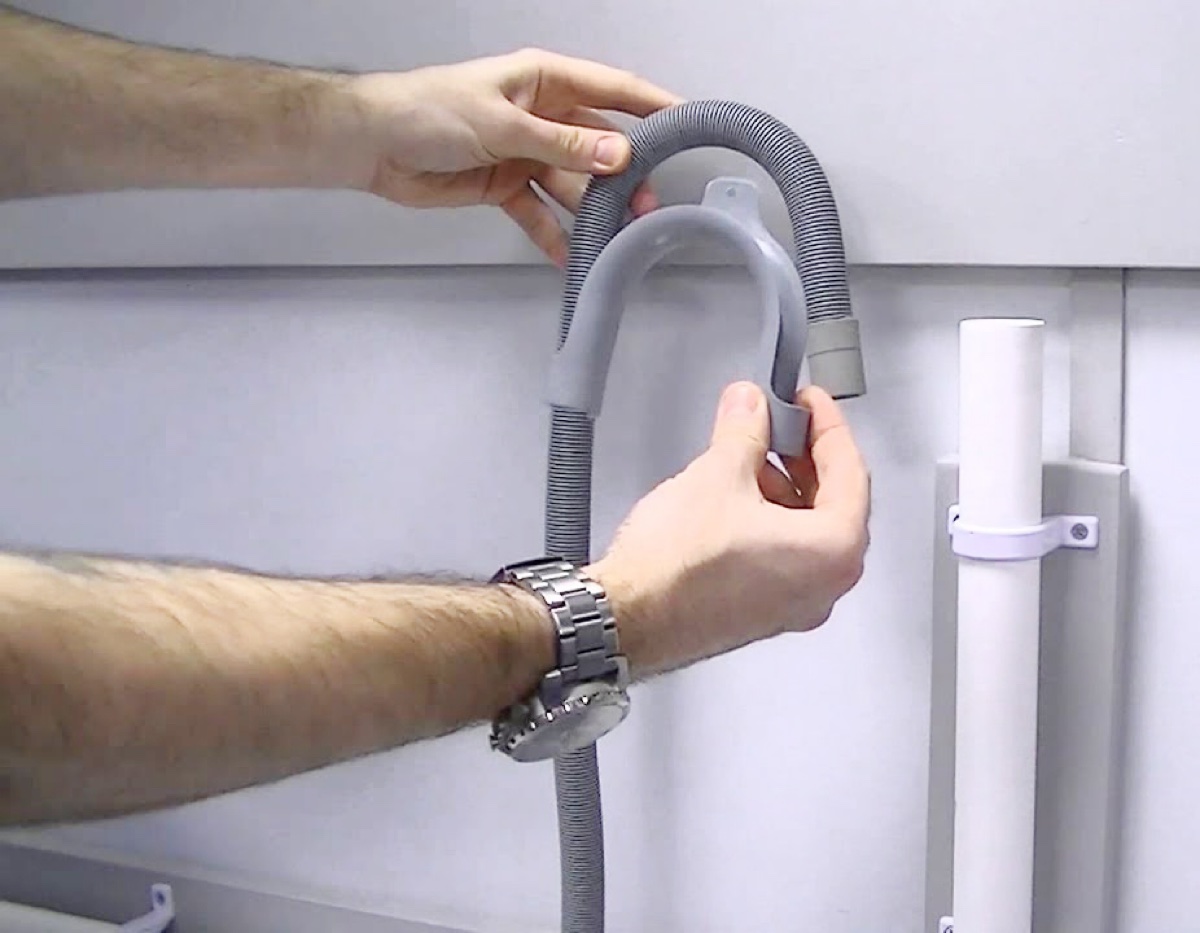

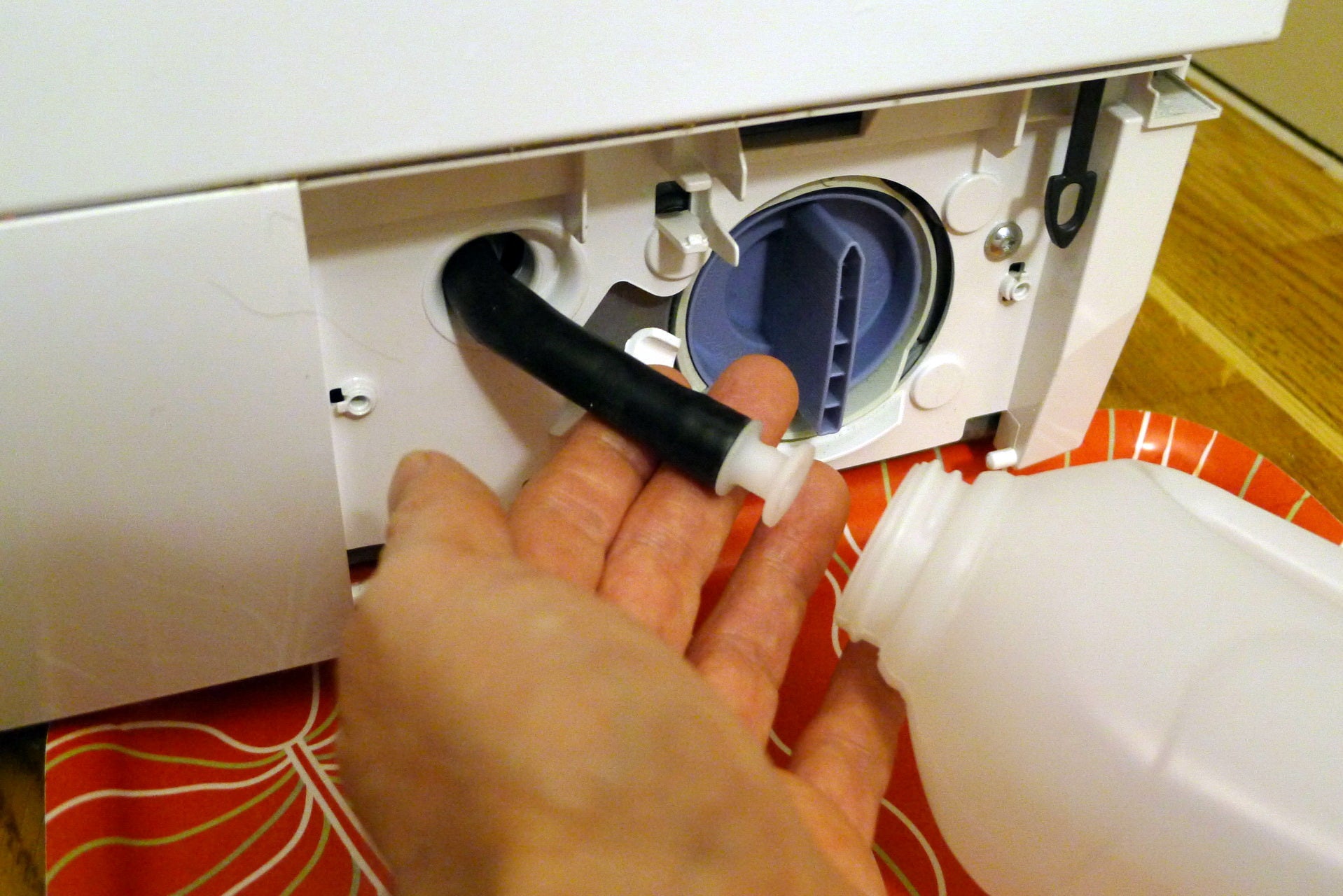
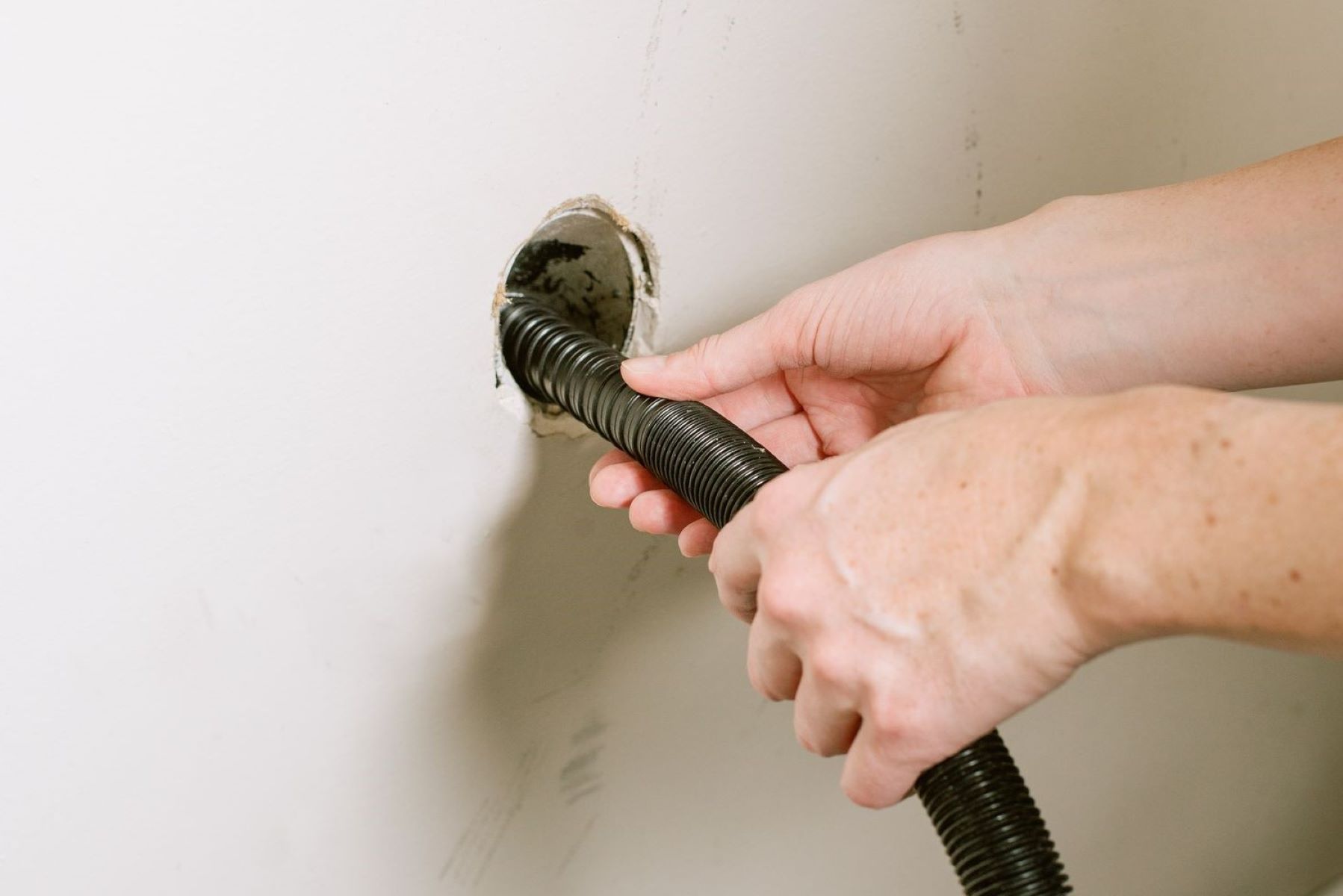
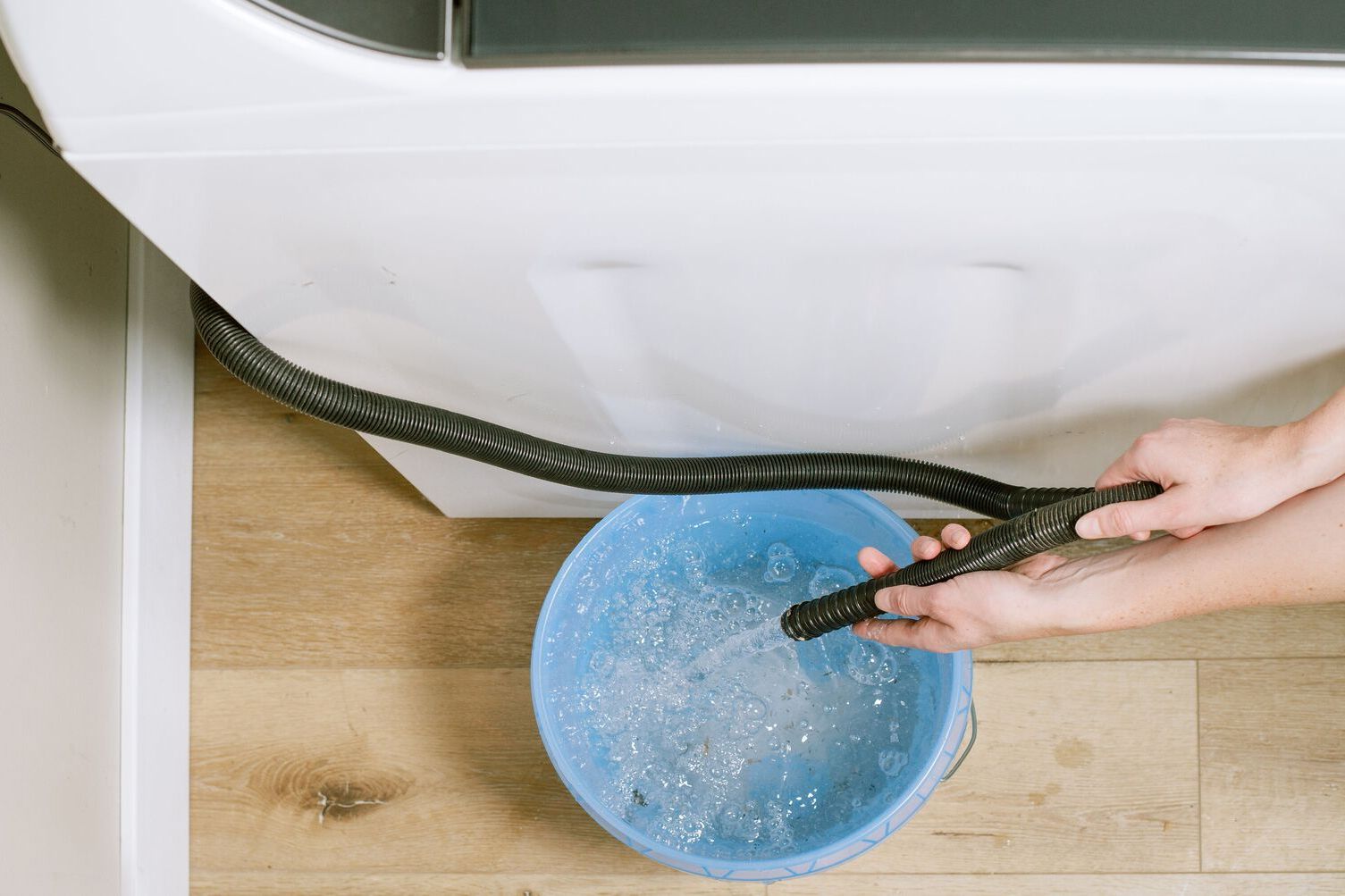
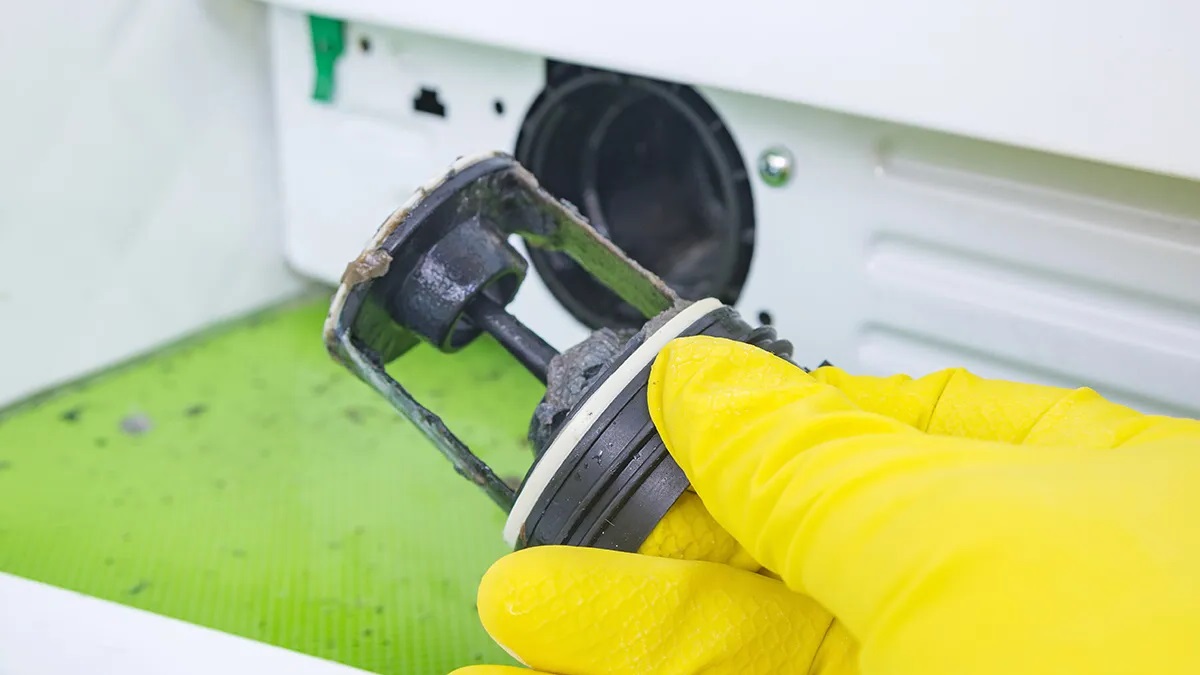
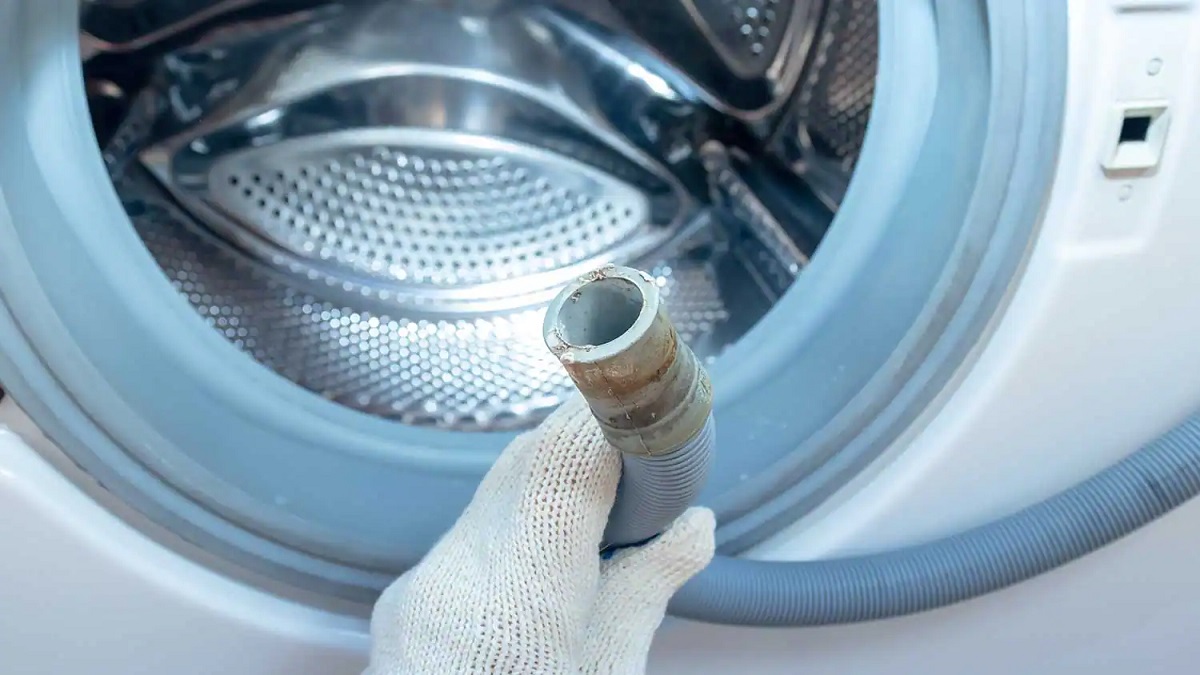
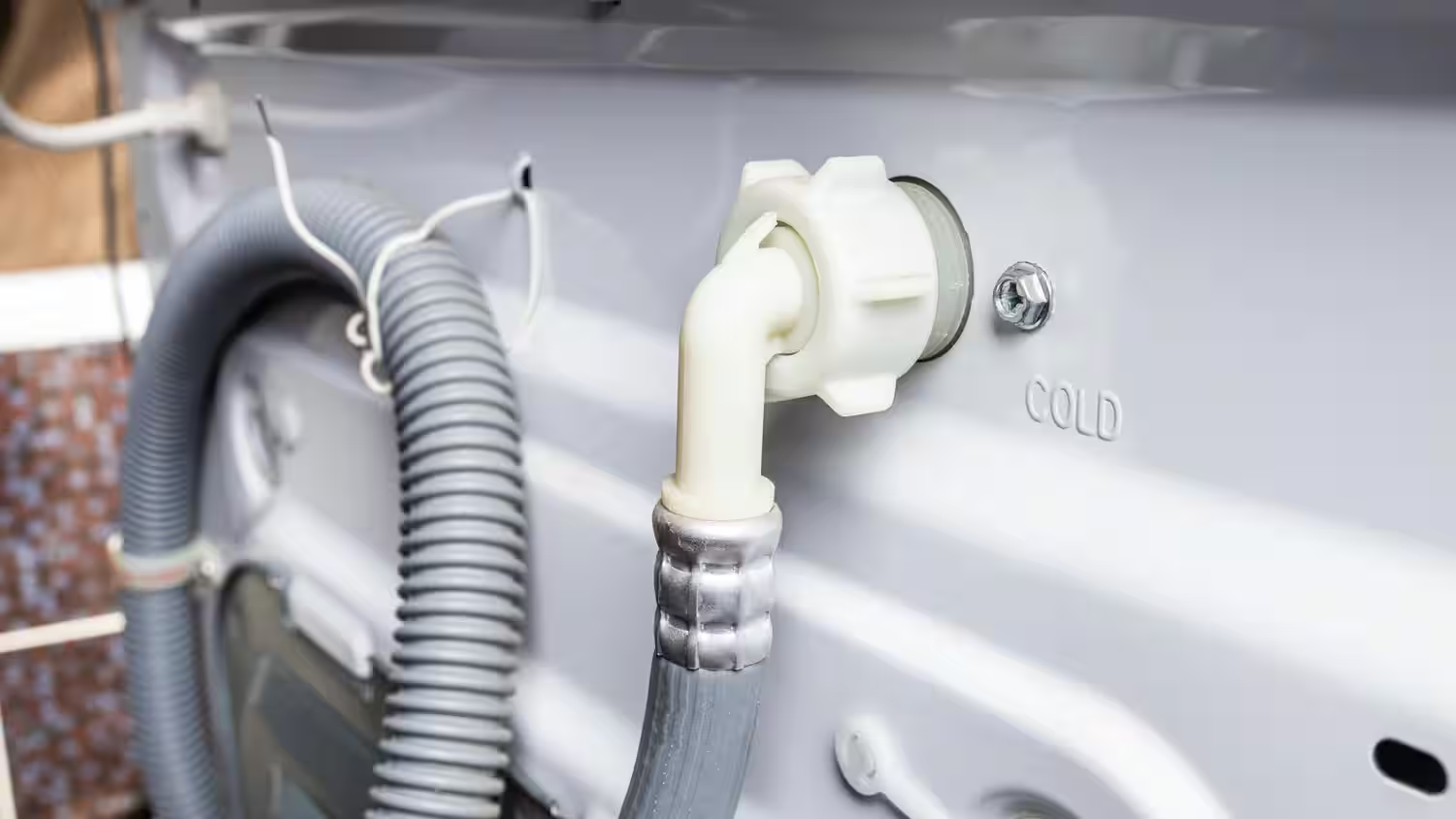
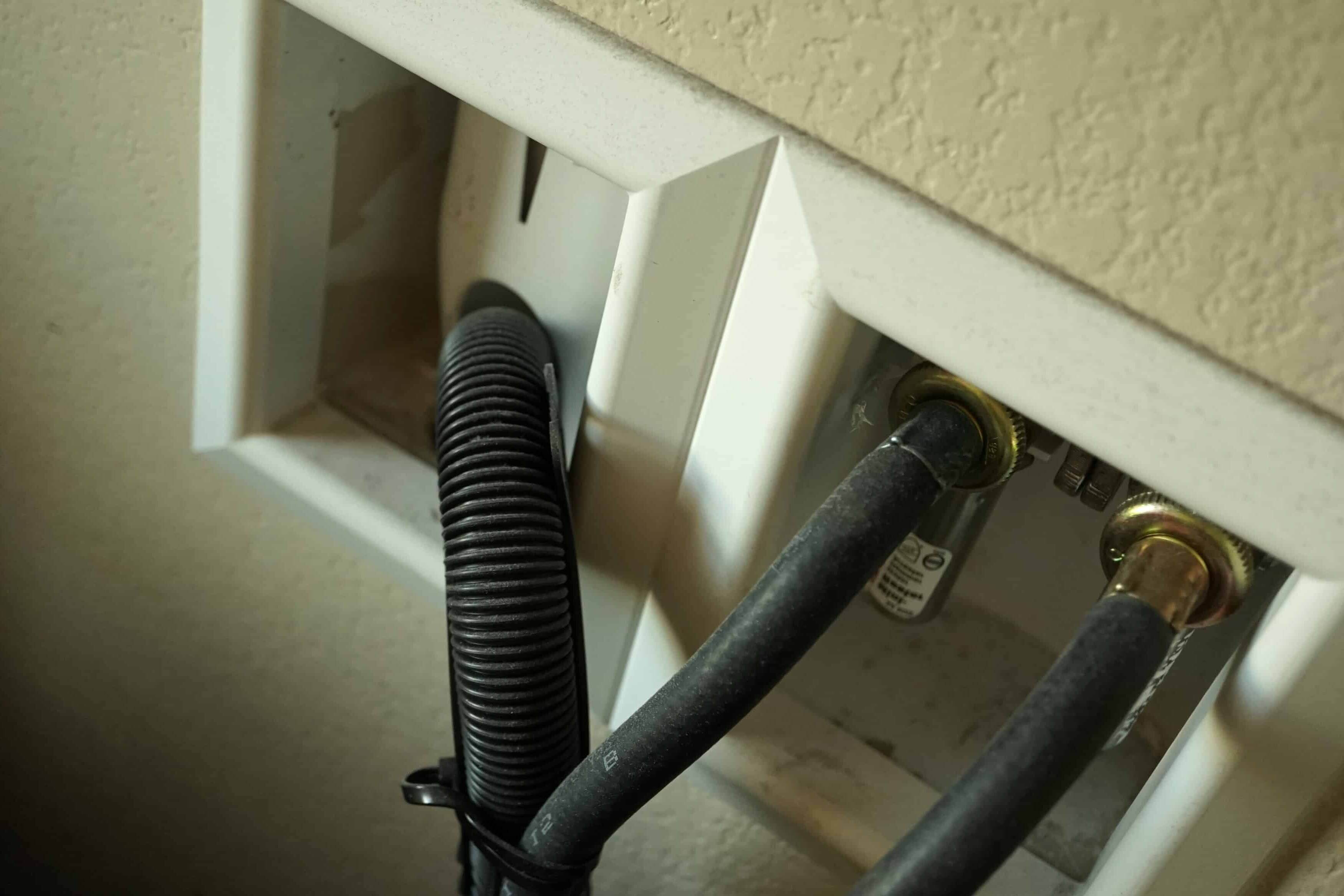
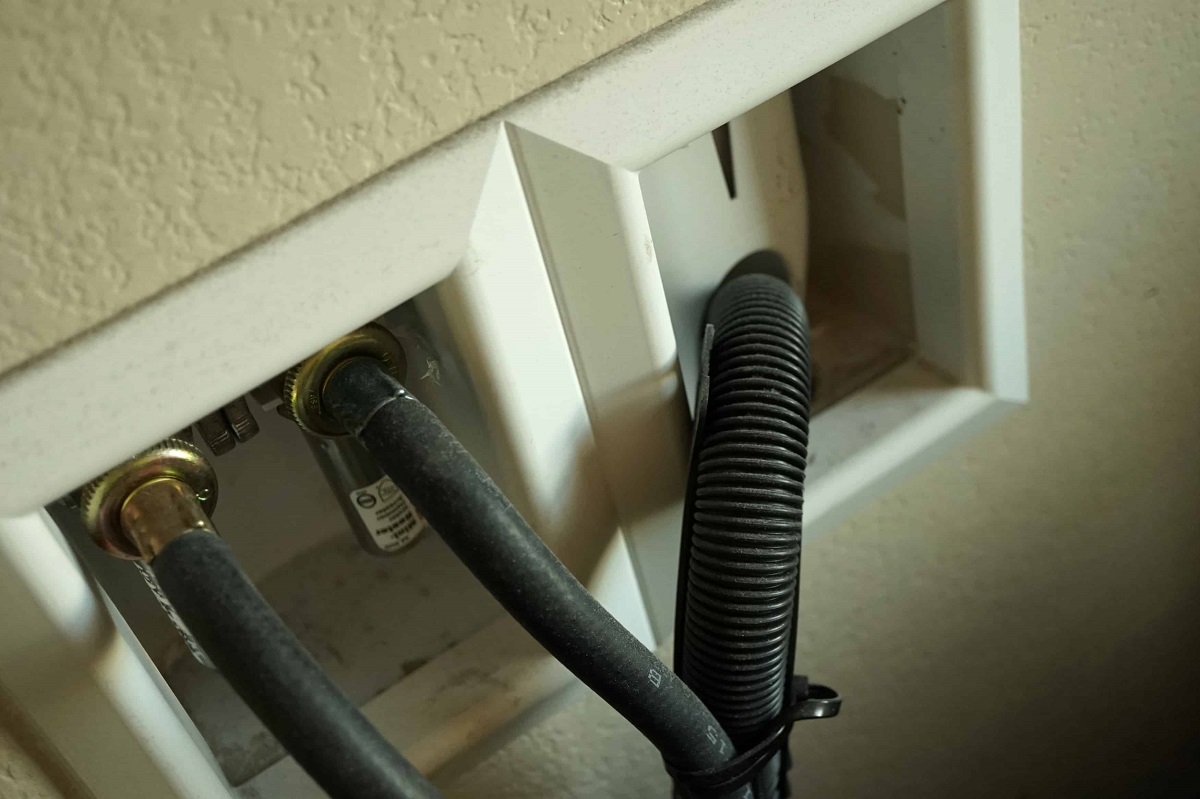

0 thoughts on “Samsung Washing Machine: How To Drain Water”